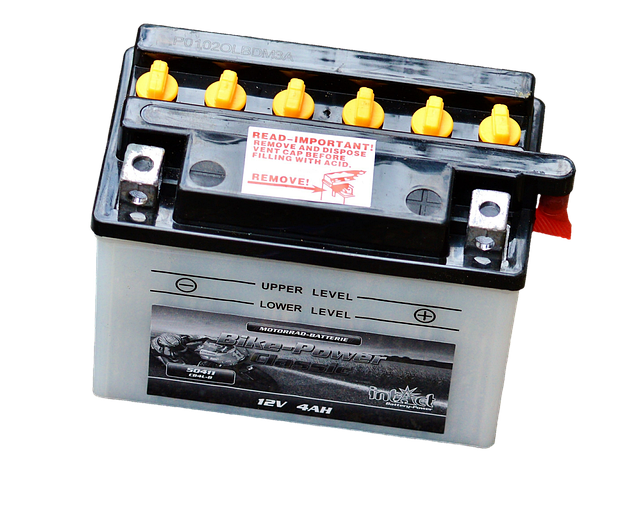Understanding the Importance of Battery Cell Voltage Balancing
In the world of batteries, especially those used in electric vehicles, renewable energy storage, and portable electronics, maintaining optimal battery performance is crucial. One of the core challenges faced by engineers and users alike is battery cell voltage balancing. This process ensures every cell within a battery pack operates harmoniously, which directly impacts the longevity, efficiency, and safety of the battery.
Why Does Voltage Imbalance Happen?
Each battery pack comprises multiple individual cells connected in series or parallel. However, due to manufacturing tolerances, temperature variations, and usage patterns, individual cells can develop slight differences in voltage over time. These discrepancies lead to voltage imbalances that cause some cells to become overcharged or deeply discharged.
Without proper voltage balancing, the weakest cells can become a bottleneck, limiting the overall capacity and reducing the lifespan of the entire battery pack.
How Does Battery Cell Voltage Balancing Work?
Battery cell voltage balancing involves equalizing the voltage levels across all cells, either passively or actively. Passive balancing dissipates excess energy from higher voltage cells as heat, while active balancing redistributes energy from higher to lower voltage cells.
Effective voltage balancing helps:
- Maximize capacity: All cells contribute equally to the battery’s output.
- Enhance safety: Reduces risks of overcharging and overheating.
- Extend battery life: Prevents premature degradation by avoiding stress on weaker cells.
Practical Tips to Maintain Balance in Battery Packs
For those managing or designing battery systems, here are some actionable steps:
- Regular Monitoring: Keep an eye on individual cell voltages and temperatures.
- Implement Smart Battery Management Systems (BMS): These systems automatically manage balancing and provide crucial data about the health of your battery pack.
- Temperature Control: Ensure proper cooling or heating mechanisms as temperature fluctuations can cause voltage imbalances.
- Frequent Calibration: Periodically equalizing cells can prevent long-term imbalance.
Embracing Voltage Balancing for Future-Ready Batteries
As batteries become increasingly integral to modern technology, from electric cars to grid storage, mastering battery cell voltage balancing emerges as a fundamental practice. Not only does it enable better performance and reliability, but it also drives innovation in sustainable energy solutions.
Whether you’re a tech enthusiast, engineer, or everyday user, understanding and valuing the nuances of voltage balancing ensures that your battery-powered devices serve you effectively and safely for years to come.




